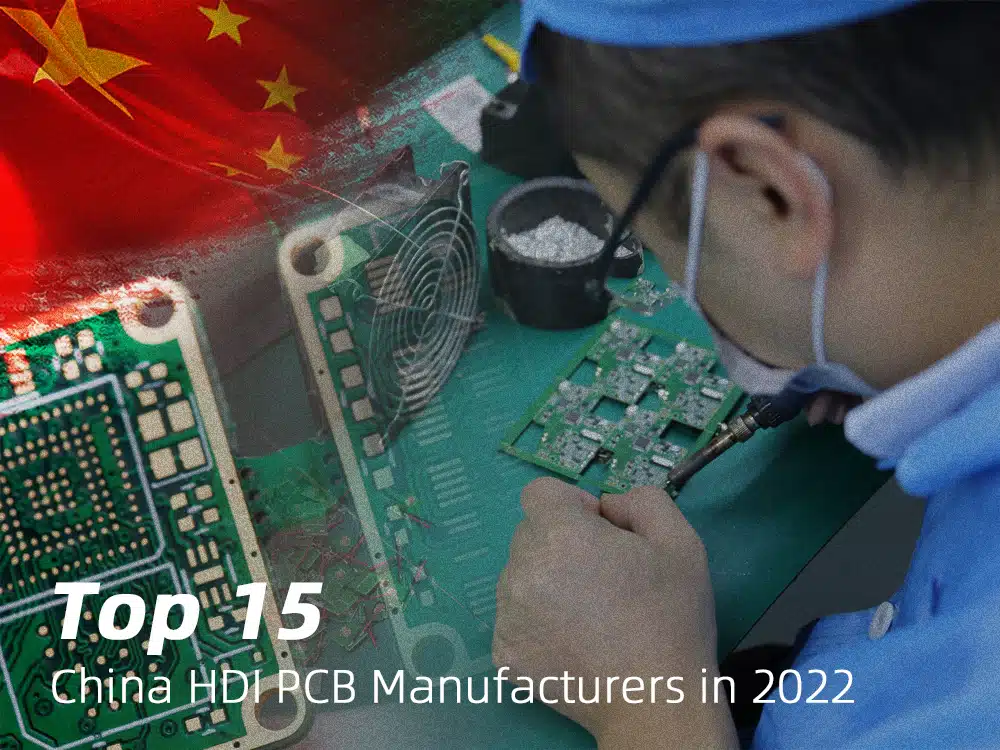Copper plays a central role in the functionality of a pcb assemblers. It is deposited onto the substrate and then chemically etched to form intricate traces and pads. These traces serve as conductive pathways, guiding the flow of electrical current through the board. Precision is key in this step of the PCB fabrication process, as even a tiny imperfection can lead to circuit malfunctions.
Quality Assurance: The Importance of Inspection
After the PCB is manufactured, thorough inspection and testing are essential. Automated optical inspection (AOI) and X-ray inspection are common methods used to ensure that the PCB meets the design specifications and standards. Any deviations from the design can be corrected, thus minimizing the risk of faulty PCBs in the final product.
Future Innovations: Advancements in PCB Fabrication
As technology evolves, so does the art of PCB fabrication. Advancements in nanotechnology have led to the creation of ultra-miniaturized PCBs for use in devices like wearable technology and medical implants. Additionally, sustainable and eco-friendly manufacturing processes are gaining prominence, aiming to reduce the environmental footprint of PCB fabrication.
Conclusion: The Backbone of Modern Electronics
PCB fabrication is the hidden hero of our technological world. While we may not often think about these intricate circuit boards, they are the backbone of our gadgets, appliances, and vehicles. Understanding the precision and artistry that goes into PCB fabrication helps us appreciate the critical role they play in shaping our digitally connected lives. As technology continues to advance, so too will the sophistication of PCB fabrication, ensuring that our electronic devices continue to evolve and improve.










More Stories
Crafting Culinary Delights: The Art of Wedding Catering
The Essence of Business: Navigating the Complexities of Entrepreneurship
The Rise of AI Blogs: Exploring the Intersection of Artificial Intelligence